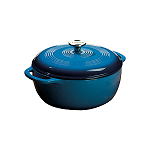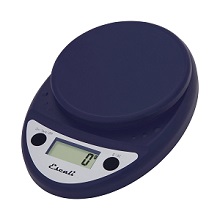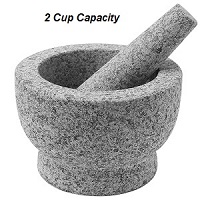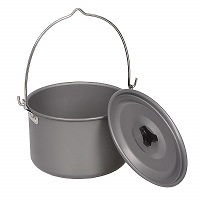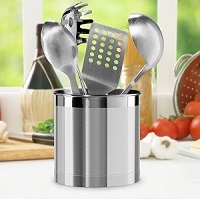Make Sure Your Recipes Turn Out Perfect By Properly Measuring Your Ingredients
Maximizing the nutritional value of your meals? It’s not just about what you eat; it’s about how you measure those ingredients. I mean, think about it. You could be using all the right foods, but if your measurements are off—well, that can really throw a wrench in your healthy eating plans. Here are some, um, effective strategies to help you out.
First off, get yourself a kitchen scale. Seriously, this tool is a game changer. Weighing things, like quinoa or chicken, is much more precise than measuring by cups. Did you know that a cup of cooked quinoa can weigh anywhere from 200 to 250 grams? It depends on how it’s prepared, of course. When I first started weighing my food, it was like opening a whole new world—such a revelation!
Then there’s the whole liquid measuring cup situation. It’s important! Use a clear one with markings, pour until the meniscus is level (that curve in the liquid, right?). It sounds simple, but trust me, you’ll feel like a kitchen wizard when you nail this part. 
Oh, and don’t underestimate measuring spoons. Those little guys can really pack a punch—especially for spices and oils. One teaspoon of olive oil can change a dish entirely. It's like the difference between a whisper and a shout—one tiny change can transform the whole experience.
And listen, it’s not just about the measurement; it’s also about portion sizes. Familiarize yourself with what a standard portion looks like. I still remember the first time I learned about portion sizes. I was stunned—my “serving” of pasta was, like, three times what it should’ve been! Using visual aids can help a lot here.
Here’s a tip: adapt recipes based on your nutritional goals. If you’re swapping out white flour for whole wheat, you might need to adjust the liquid. It’s like a dance, really—two steps forward, one step back.
Keeping a food diary is another method I found surprisingly helpful. Writing down what I eat and measure—it sounds tedious, but it’s eye-opening! You see patterns you wouldn’t notice otherwise, and it can lead to—dare I say it—revelations about your diet.
And let’s talk about nutrient density. Focus on foods that give you the most bang for your calorie buck! Leafy greens, berries—these are your best friends in the kitchen. It’s all about being intentional. Like choosing a classic novel over a flashy bestseller—substance over style, right?
So, by blending these strategies, you can nail your measurements and boost the nutritional quality of your meals. It’s a journey, really—sometimes frustrating, sometimes triumphant—but worth it in the end. After all, who doesn’t want to feel their best while enjoying delicious food?
You got all this, right!

